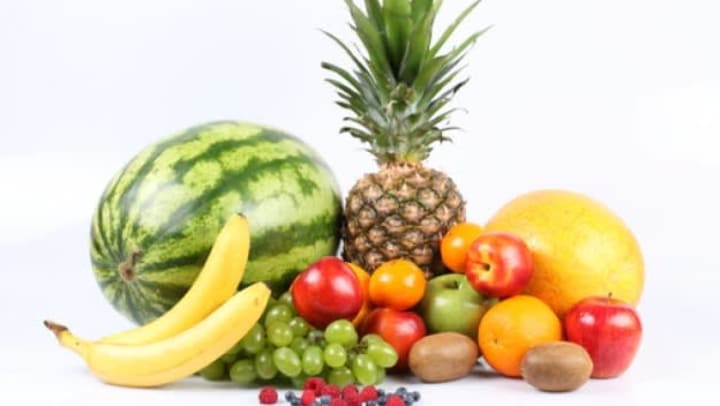While it is important and vital to our overall being, it isn’t just exercise that’s important to our health - what we put in our bodies makes a world of a difference, too. While there are special considerations for every individual, we have the top 5 nutrition tips for seniors to eat a healthier diet with ease and understanding.
Picture credit: http://www.cuentablog.com.es/alimentos-ecologicos-a-la-carta/
1. Satisfy Your Sweet Tooth With Fruit
A lot of the time, we blame our bad eating habits, especially if they involve decadent desserts, to having a sweet tooth. Having a sweet tooth is no excuse, and although it might be hard to fight off, you can still satisfy your cravings with other foods. The sugars that are found in cakes, candy, cookies, and ice cream are refined and processed - the kind we want to stay away from. In fact, almost all processed foods have those sugars in them. This type of sugar provides no nutritional value or benefit to our bodies.
A better and much healthier option is to replace those processed sugars with natural sugars. Glucose is a natural sugar and is actually our bodies most used energy source. Glucose can be found in fruit and some vegetables. Some of the best fruits you can eat include red apples, berries, bananas, watermelon, grapes, orange slices and kiwi.
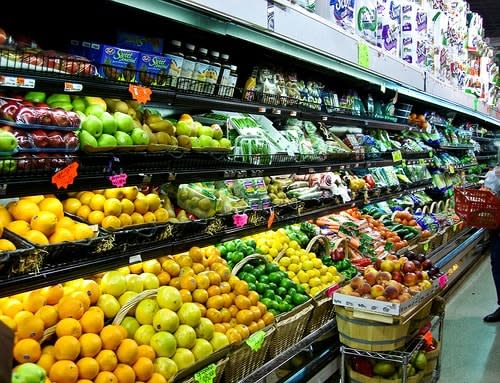
Picture credit: https://kimberlysnyder.com/blog/2011/09/27/what-you-dont-know-about-produce-you-buy-from-grocery-stores/
2. Shop The Perimeter of the Grocery Store
This tip ties into our first. Limiting processed foods decreases the amount of processed and refined sugars we take in. This can be done by primarily shopping the outskirts of the grocery store. This lets you focus on whole, plant-based options which are full of the vitamins andnutrients we need in our every day diet. Focusing on the perimeter does not mean you won’t have to wander to the middle of the store and go down a few aisles to find what you need, there are good food options on those shelves. Reading labels on all packaged foods will make your decision more simple.
There are two simple things to remember when reading a nutrition label: How long is the ingredient list? Do I know what these ingredients are? Shorter is usually better and if you can’t pronounce or read the ingredients, or have never heard of them, it might be best to not eat them.
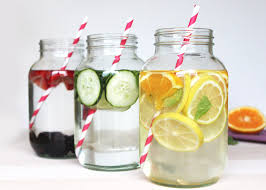
Picture credit: http://glensummitspringwater.com/infused-creations/
3. Drink Lots of Water
Did you know that our bodies are made up of more than 70% water? It makes sense that we need water to stay alive and well. But that doesn’t make drinking water any easier. Add slices of lemon, lime, orange, mint leaves or other fruits to increase natural flavors. Sometimes when we’re thirsty, our bodies confuse this with being hungry. Staying properly hydrated can decrease cravings and keeps our body running efficiently, so we know when we’re hungry and when we’re not.
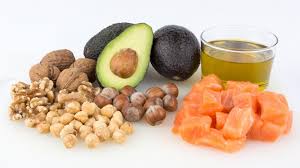
Picture credit: https://www.wddty.com/news/2016/07/unsaturated-fats-are-the-healthiest-and-will-help-you-live-longer.html
4. Get Your Fats Straight
Contrary to the “low-fat” fad that’s been buzzing around society, fats are necessary for a healthy diet and much like the different types of sugar we discussed in tip #1, there are different kinds of fats: saturated and unsaturated. Saturated fats are found in animal and processed meat and dairy products such as cheese, milk, and butter. It can be found in various pre-packaged snacks, like chips, which is another reason why reading nutrition labels is important. Aim to eliminate these fats and their sources as they can increase your risk of heart disease and atherosclerosis. There are two types of unsaturated fats: polyunsaturated and monounsaturated fats. Unsaturated fats are found in foods like olive oil and olives, nuts, avocados, and wild caught salmon and trout. Replace saturated fat consumption with moderate amounts of unsaturated fats for a healthier overall diet.
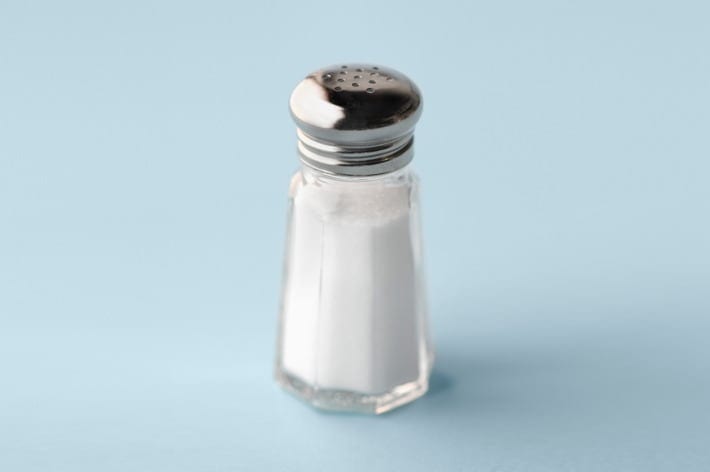
Picture credit: http://www.grubstreet.com/2015/11/plastic-in-table-salt.html
5. Minimize Use Of Table Salt
The U.S. Food and Drug Administration reports that consuming too much salt can lead to high blood pressure, resulting in more serious complications, such as heart disease, stroke and kidney disease. But that’s not to say that all salt is bad salt. Much like the sugar and the fat we discussed, there are different types of salt. Unfortunately, we have become subject to living in a world where all things are processed - salt, fat, sugar, which in turn causes all things related to get a bad rep. Natural sea salt is better alternative to traditional table salt, although not much better. Table salt is bleached and processed, therefore, puts chemicals into our bodies and increases our risk of disease.
Experiment with other spices and herbs to bring great flavor to your food. Paprika, turmeric, cumin, basil and black pepper are flavorful alternatives. At Americare, the benefits of a good, well-prepared meal cannot be overstated. Fresh ingredients and delectable recipes strengthen body and spirit. Every meal is made to order and we are more than happy to cater to special diets. We do our best to accommodate all your requests. Whether you choose to dine among friends in our gracious and well-appointed dining room, or enjoy a quiet dinner in your private living space, you’ll appreciate nutritious and delicious dining every day. Speak with an advisor today: 573-544-0745



